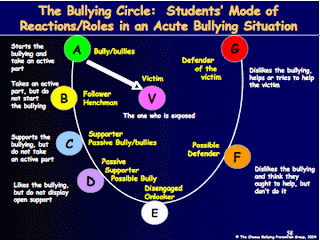I know, I know, I've really been slacking on my blog game lately. I'm sorry to those of you who are kind enough to keep reading my blog. I haven't abandoned you! But, I'm sure many of you know how hectic things can be in an elementary school in the weeks leading up to the winter break. It's been crazy! Fun, but certainly busy. Which actually leads me very nicely into the topic for today's blog post: SCHEDULING. My schedule, from day to day, is fluid to say the least. As the say, "the best laid plans often go astray". Each morning I look at my list of meetings, lessons, groups, and check-ins, and put a schedule together of when each of those things will happen. However, in this role, there are several things that come up throughout the course of the day, like students in conflict, and student in crisis, phone calls from parents, etc., that can throw that schedule into pandemonium.
When I first started out the school year, I had a desk calendar where I would write my schedule down for the week. However, as things came up and other things got rescheduled, the calendar started to look like one giant cross out and scribble. It was unmanageable, and I realized, unrealistic to keep a schedule like that.
My wonderful friend, Amanda Sheroff, at School Counseling A-Z, inspired my new scheduling process. Something she has started doing is keeping her schedule on a piece of laminated paper with a dry erase marker, so it can can easily be changed, added to, and edited throughout the school day. I've adopted this form of scheduling, and it has been wonderful. I have five laminated sheets of paper, one each day of the school week, that is broken down into categories like "meetings", "groups", "check-ins", and then I have a space at the top where I put the lessons that I am teaching that day. I display it on the filing cabinet next to my desk, so I can quickly refer to my schedule throughout the day and add and change things as they come up.
Here are examples of what my schedules look like:
PPBF: Two-List Thanksgiving
3 weeks ago


















